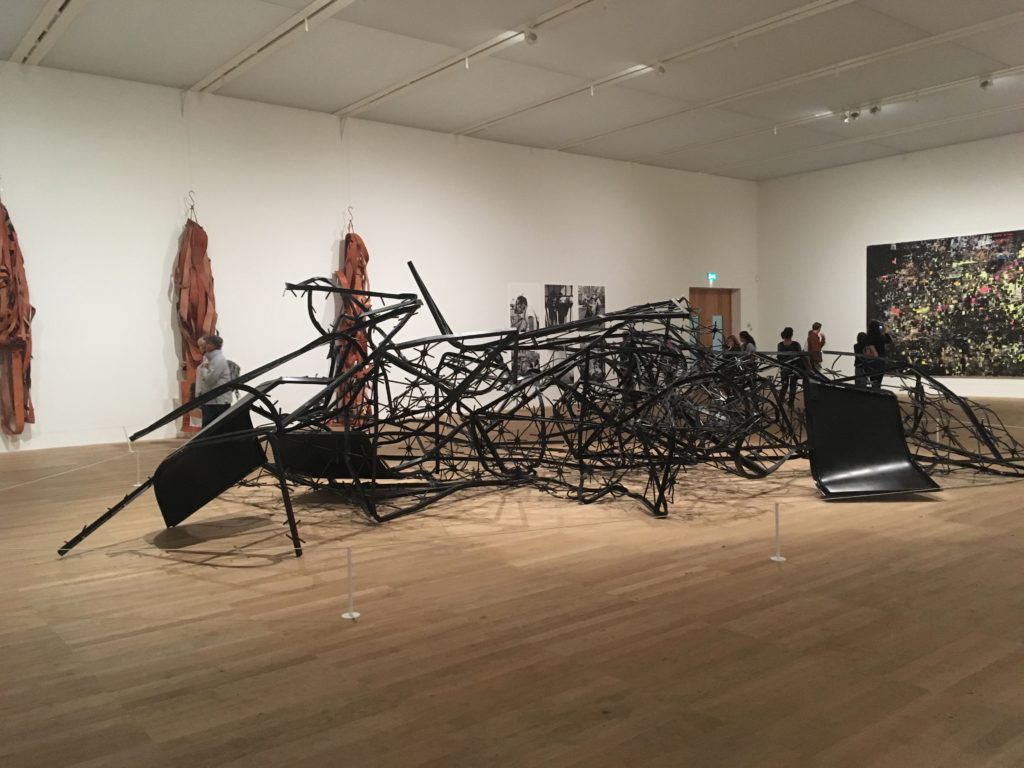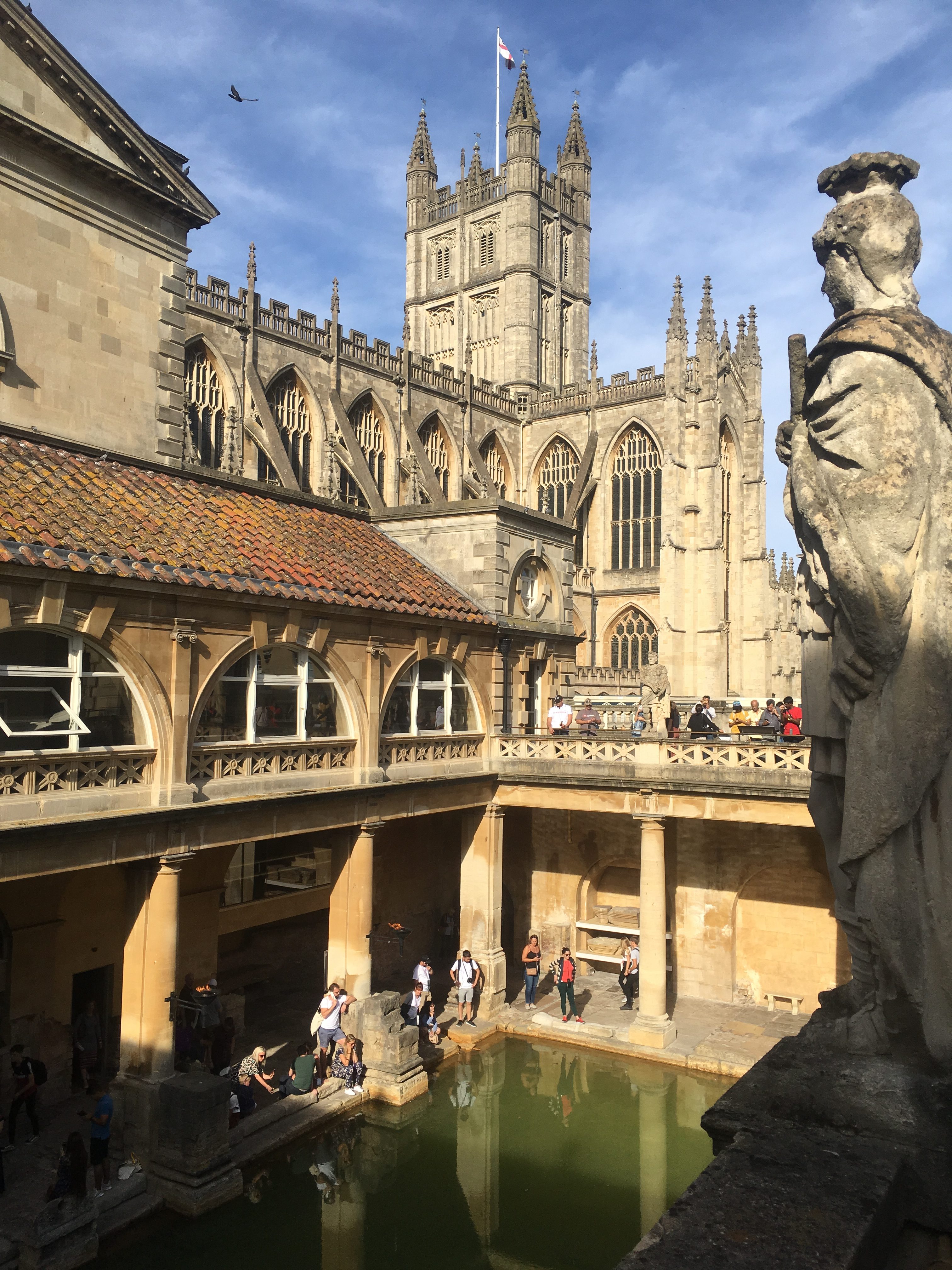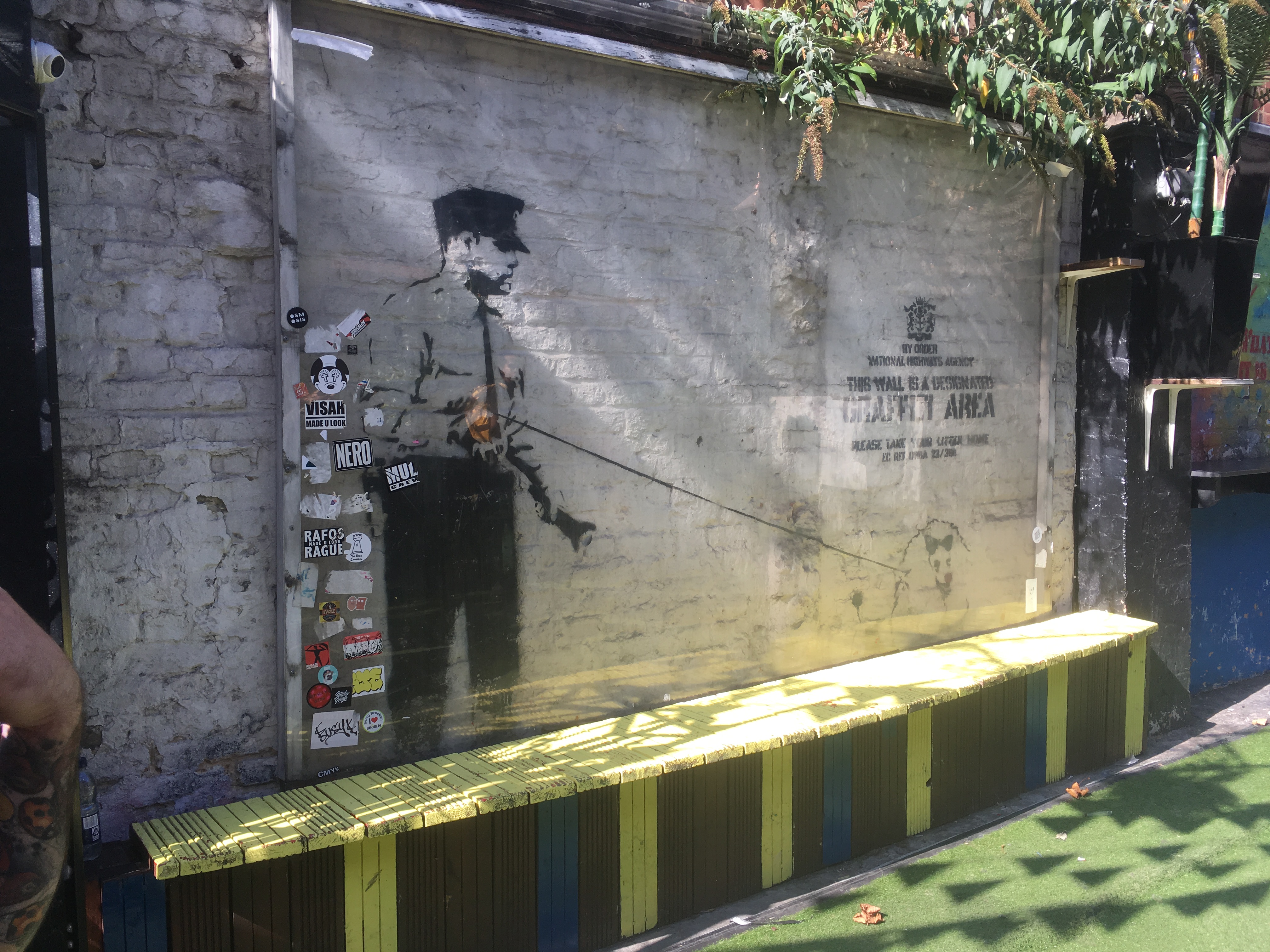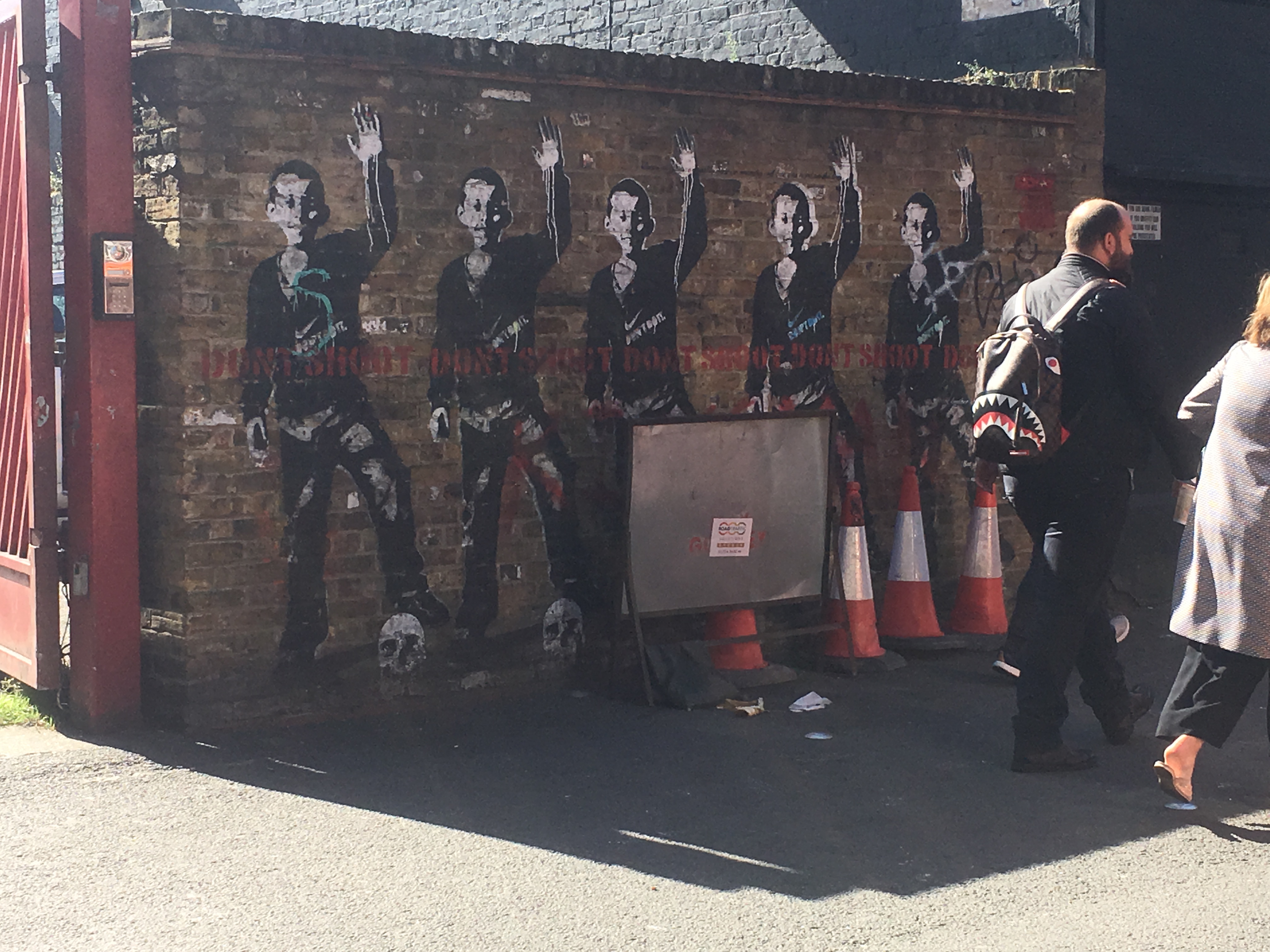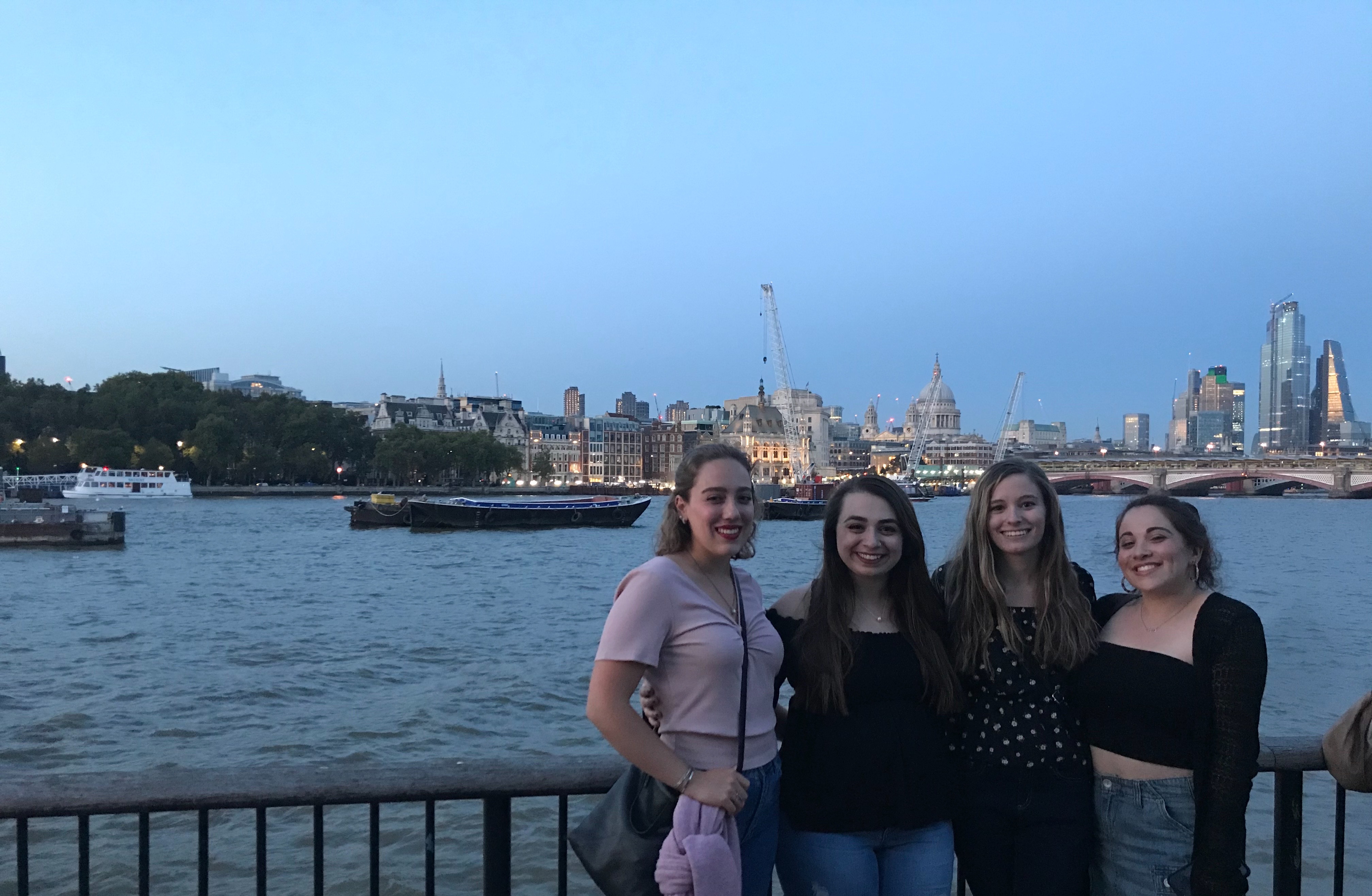When you think of any city in the world, what comes to mind? Is it the physical buildings themselves, the architecture, or do you think of the people and the culture itself that surrounds it?
I’m spending this semester living and studying abroad as a part of CAPA London’s global education program. If you asked me a few weeks ago what immediately came to mind when I think of London, I’d probably have said Big Ben, the London Eye, or the London Bridge (which I have since realized that I’ve been envisioning the Tower Bridge and not at all the London Bridge). I chose to study here mainly for the vast arts culture that exists within the city, so of course it was art that made me start asking my previously stated questions.
As I visited the Tate Modern last week, the exhibit that had tremendous impact on me personally was Naoya Hatakeyama’s ‘Living Cities’. The focus of the exhibit was structures and how the human occupancy can completely change the perspective of a city. Do the buildings in these places still carry the same meaning if the city is completely vacant? Are older buildings that people don’t use anymore worth preserving if society gains no use from them? Hatakeyama stressed how millennials seem to believe that older buildings have less functionality than the newer ones, therefore making them worth less.
As I walk amongst the 19th century buildings next to sleek modern architecture, I notice how the stress on older buildings comes as a testament to the people who lived before. We continue preserving these works in an attempt to keep alive the spirit of those that came before. Those who created the structures and lived in them. It reminds us as human beings that there were people before and there will be people after. That those who previously occupied these spaces were not so dissimilar to us. As I wandered through Bath last week and stood on the edge of the Roman Baths where the Romans used to undergo hygiene treatments, I couldn’t help but think about the modern spa that was built not too far away.
And then there are the testaments to modern culture. The locals who walk the streets, the street performers that frequent tube stations, the bustling markets in Camden and Greenwich, the chatter in the pubs near my home. London’s people are passionate about causes close to home. Whether that be the lives they lead day by day, or in larger issues like Brexit or climate change. Being a city that had to almost completely rebuild after the bombings of World War 2, London is a city that isn’t afraid of fighting for a better world. While this can be seen radically during protests outside parliment or around global oil companies, its also seen in the art seen on the streets made by names like Banksy and Bambi.
So to answer my previous question, I believe the value we place in cities comes hand in hand with the value we place in the human spirit. The cities themselves are testiments of those who live there now and those from the past. Even as my experience in London continues to unfold, I am happy to developing my own meaning of this city through these experiences and the incredible people I’ve met so far.



